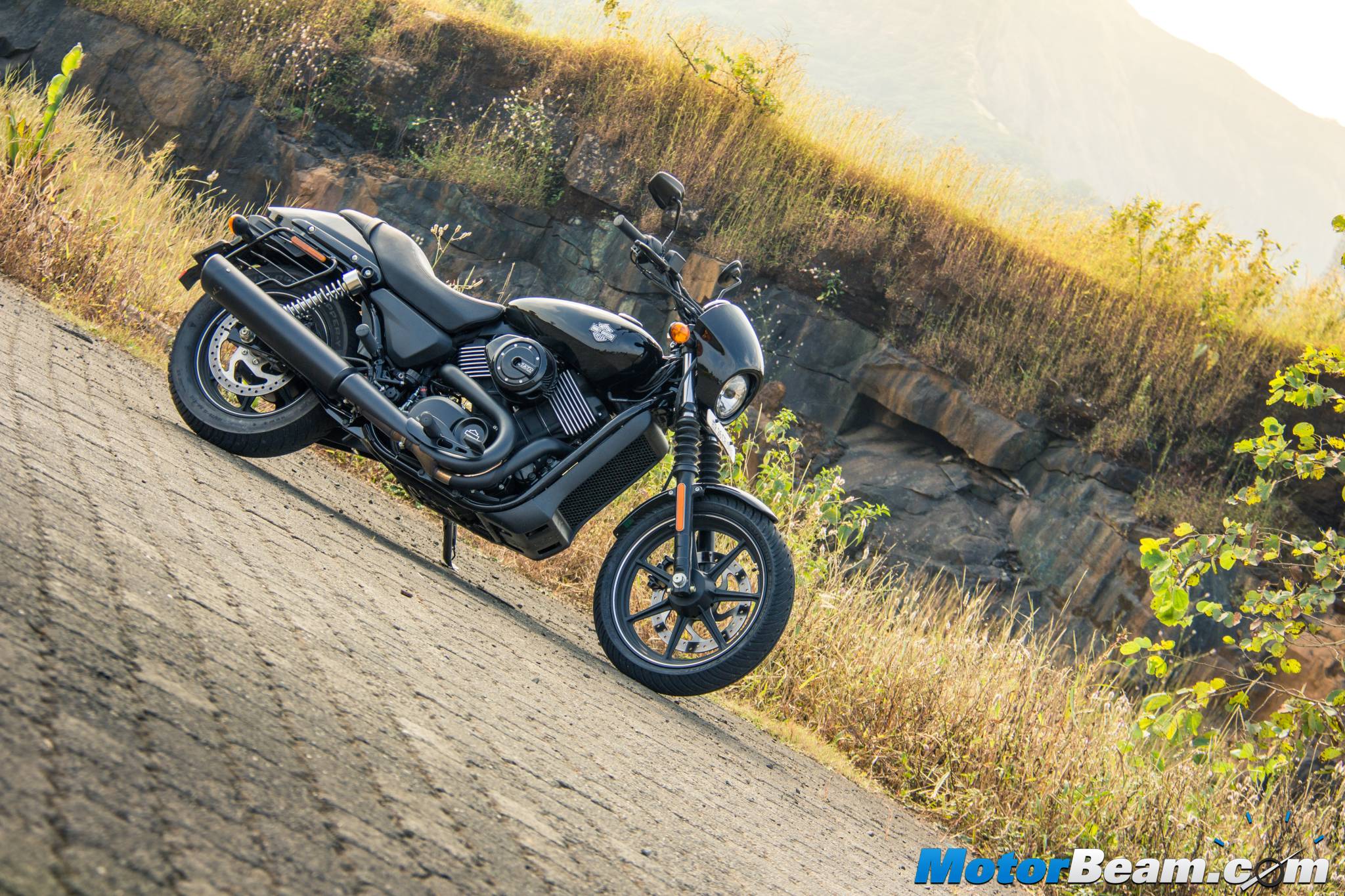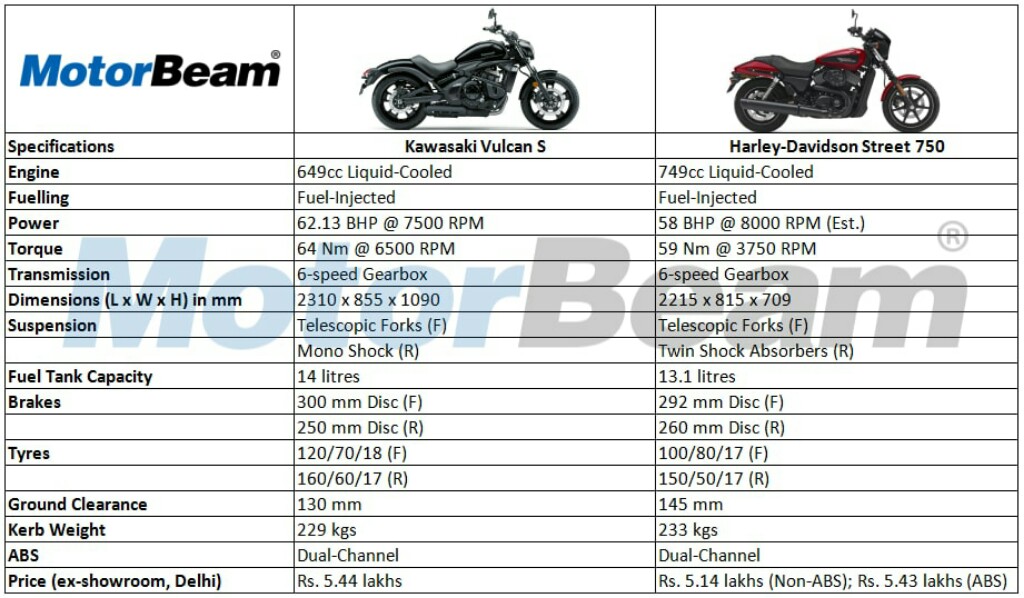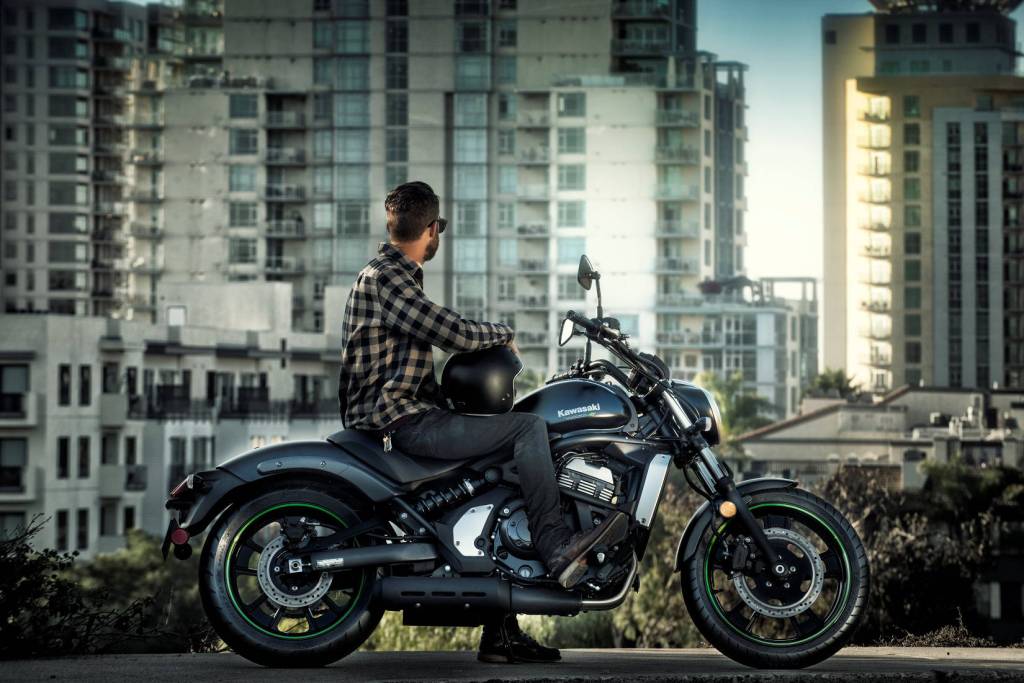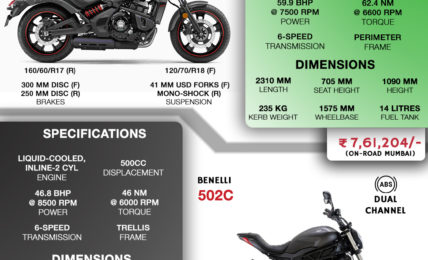Kawasaki has entered with the promising Vulcan S cruiser to dethrone the Harley-Davidson Street 750 from its already threatened position.
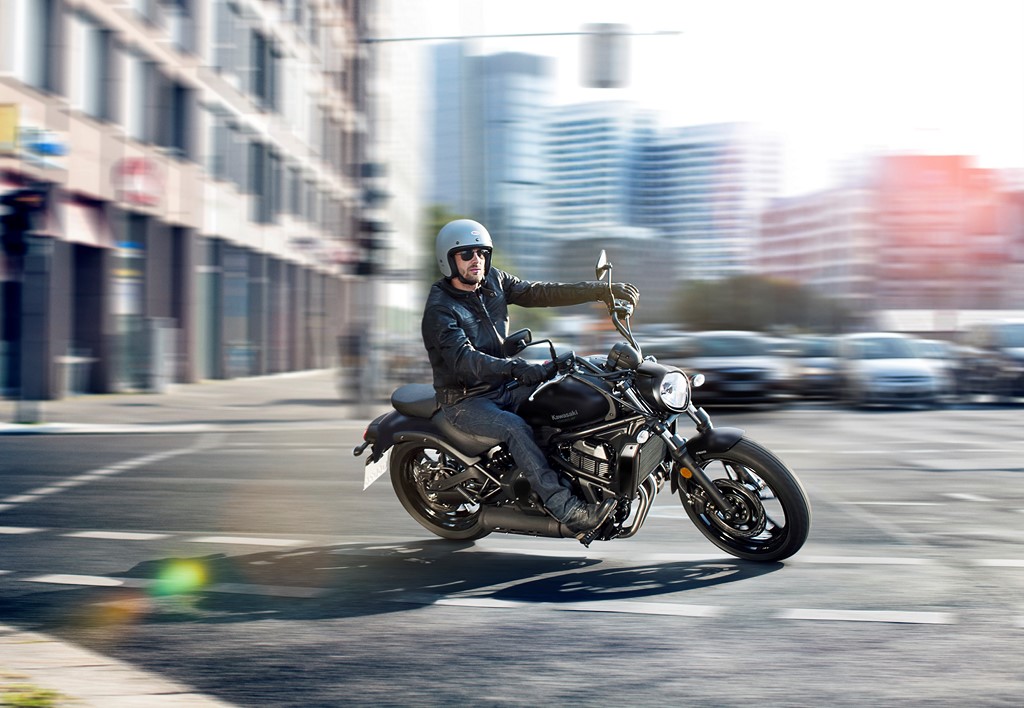
Harley-Davidson, launching the Street 750 in the country in 2014, gathered immense respect the world over for providing something worthwhile to emerging markets. Silently watching the game over the years, India Kawasaki Motors has finally taken the plunge with its 650cc Vulcan S. In the Indian market, the Street 750 remains a hot favourite and still accounts for over 50% of the American automaker’s sales. However, its market standing is already under threat with the soon-to-be-launched 650cc twin-cylinder giants from Royal Enfield. Being such a promising proposition that the Kawasaki Vulcan S is, what remains to be seen is whether the Harley-Davidson Street 750 will be able to sustain its position, or not? We pit the two against each other through an on-paper spec comparison for better understanding.
Design & Looks – Carrying a dominative cruiser stance without the obvious bulk that comes bundled along, both the motorcycles have been designed keeping ease of riding in mind. With the large alloy wheels shod with fatter rubber, the Vulcan S offers a purposeful stance with more street presence. The American contender, on the other hand, features inoffensive styling with the right amount of muscle at the right places. Moreover, it is undoubtedly the Harley which has a neater design integration that makes it look better proportioned with thoughtful design elements, such as the sizeable two-into-one exhaust pipe and the rubber bellows on the front forks, making a huge difference in overall aesthetics. It is the fit and finish though where the Street 750 takes a hit.
Dimensions – Measuring 2310 x 855 x 1090 mm (length x width x height) in outer dimensions, the Jap offering is basically a size larger than the Street 750. Do not let the numbers intimidate you, as both the cruisers offer accessible seat heights with the Harley-Davidson’s saddle being 15 mm higher at 720 mm. Another advantage with the Vulcan S is that it comes with Ergo Fit which lets you alter the configuration of the rider triangle (seat, handlebar and footpegs) according to your preferences. The Kwacker offers a wheelbase of 1575 mm which is again better than that of the Street 750 (by 55 mm). A longer wheelbase provides better stability on the straights but when it comes to cornering and flickability, a motorcycle with a shorter wheelbase fares much better.
Features – The Street 750 is a budget offering from a premium motorcycle maker and it clearly shows. You get 7-spoke alloy wheels, disc brakes and LED tail lamp in the name of features. The instrument cluster is also a basic one which makes do without a tachometer and even a fuel gauge. The console on the Vulcan S is much better in this regard as it offers a tachometer, gear position indicator and fuel gauge over the Harley. It comes with a digital clock as well. Blinkers on both the motorcycles are of the outdated bulb-type variety which robs them of their premium feel. Where the Vulcan S shines is in the mechanical aspect as it shares a lot of parts with the Ninja 650 superbike including the perimeter frame and the off-set mono shock at the rear. Thankfully, a dual-channel ABS is provided as optional on the Street 750 and standard on the Vulcan S.
Powertrain – Apart from design, another area where the Kawasaki trumps its rival is in performance numbers. The Vulcan S is powered by a Ninja-derived 649cc, liquid-cooled, twin-cylinder motor which pumps out 62.13 BHP of power and 64 Nm of torque. It comes with revised gear ratios to put down more power at lower RPMs to suit a cruiser’s character. Powering the Harley-Davidson is a 749cc, liquid-cooled, V-Twin which belts out 59 Nm of torque at mere 3750 RPM. The power output from this motor is estimated to be around 58 BHP at 8000 RPM. Even though the two are evenly matched on the weighing scale, the Kawasaki has a slight advantage in terms of power and torque. What helps the Street 750’s case is the RPM at which the peak torque is delivered which will make it that much sweeter to ride in traffic. No doubt, it’s ironic that the American seems to pack less muscle in this comparison.
Verdict – Simply put, the Harley-Davidson sells for its name. Arrival of new rivals, unless they come from a brand that has equal heritage and value, shouldn’t bother the Street 750 much. It is the most affordable medium to enter the HOG community. That, perhaps, is its biggest feature which no other contender can afford to offer. However, there’s no denying that the Kawasaki Vulcan S is a more formidable package which has many arguments in its favour. The Jap comes with better dynamics, more features, faster performance and a design which doesn’t look that bad either. What makes it a tough call to choose between the two is the pricing. Both the rivals are pegged at around Rs. 5.4 lakhs (ex-showroom, Delhi) which makes the Harley-Davidson look quite overpriced for what it offers.
Kawasaki Vulcan S vs HD Street 750
